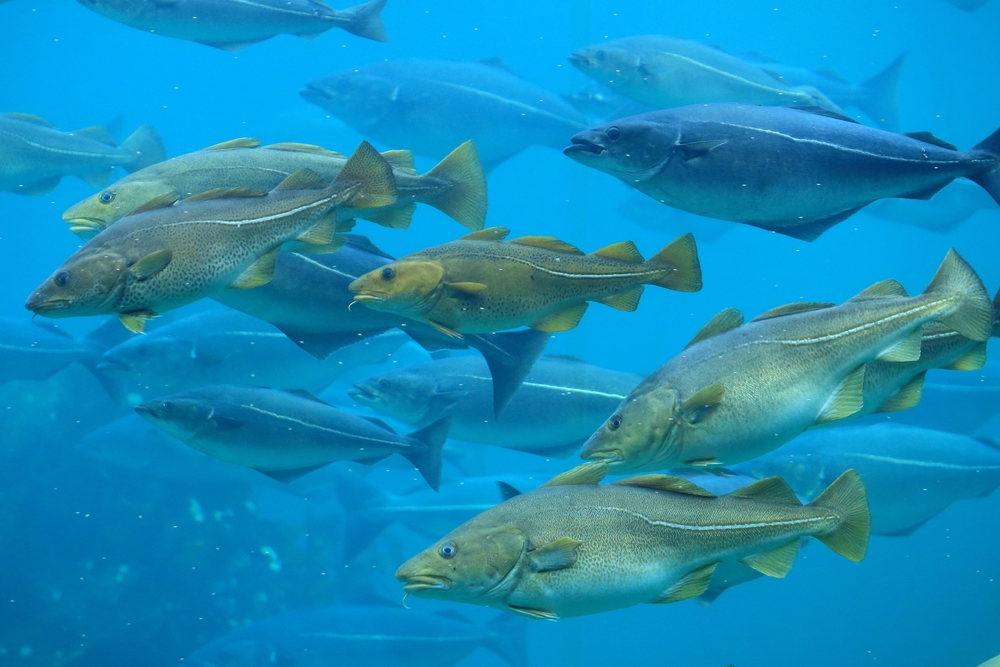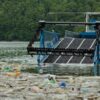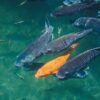The conservation of aquatic ecosystems is critical for sustaining fish populations and maintaining biodiversity. As human activities and climate change continue to impact freshwater and marine environments, researchers are turning to advanced tracking technologies to better understand fish behavior, assess population dynamics, and implement effective conservation strategies. Among these technologies, Radio Frequency Identification (RFID) has emerged as a powerful tool for monitoring fish movement, evaluating habitat use, and supporting conservation efforts.
RFID technology, commonly used in animal tracking, involves small, biocompatible tags implanted into fish or attached externally. These tags emit unique identification signals, which are detected by receivers placed in water bodies, allowing scientists to track individual fish over time. This data is instrumental in studying migration routes, habitat preferences, survival rates, and the effectiveness of conservation measures. By leveraging RFID tracking, researchers are gaining comprehensive insights into aquatic ecosystems, ultimately guiding conservation policies and habitat restoration efforts.
The Role of RFID in Fish Conservation
RFID technology plays a vital role in fish science, providing detailed data on species movement and population health. Conservationists use RFID tagging to answer critical questions such as:
- How do fish migrate between habitats?
- What environmental conditions affect fish survival?
- Which habitats are most crucial for different life stages?
- How effective are conservation interventions like fish passages or protected areas?
By addressing these questions, RFID tracking helps refine conservation strategies, ensuring that management efforts are based on accurate, real-time data.
Monitoring Fish Migration and Habitat Connectivity
Many fish species, including salmon, sturgeon, and eels, rely on specific migration routes to complete their life cycles. Dams, pollution, and habitat destruction have disrupted these routes, making migration tracking essential for conservation planning. RFID-tagged fish allow scientists to monitor how species navigate barriers, identify critical migration corridors, and evaluate the success of fish passages, habitat restoration projects, and dam modifications.
For instance, studies using RFID tagging have helped determine the efficiency of fish ladders and bypass systems, ensuring that species can move freely through altered waterways. Conservationists can then make data-driven adjustments to improve passage design and maximize fish survival.
Assessing Population Health and Survival Rates
Tracking fish survival rates is fundamental in evaluating the success of conservation programs. By implanting RFID tags in juvenile fish, researchers can monitor their survival as they transition from freshwater to marine environments. This method provides insights into:
- Predation risks in different habitats
- Water quality impacts on fish health
- The success rate of hatchery-raised fish compared to wild populations
By combining RFID data with environmental monitoring, scientists can assess how temperature shifts, pollution levels, and habitat degradation influence fish populations over time.
Studying Fish Behavior in Changing Environments
Climate change and human activities are altering aquatic environments, affecting fish spawning, feeding, and movement patterns. RFID tracking allows researchers to study:
- How fish respond to rising water temperatures
- Changes in migration patterns due to altered flow regimes
- Adaptations to new food sources and habitat structures
For example, RFID studies have shown that warmer waters can delay fish migration or force species to seek cooler, deeper waters. Understanding these behavioral shifts helps conservationists implement adaptive strategies, such as restoring riparian vegetation to regulate water temperature or adjusting fishing regulations to protect vulnerable species.
Identifying Key Habitats for Protection
By mapping RFID-tagged fish locations over time, researchers can pinpoint:
- Spawning grounds that require protection
- Nursery areas critical for juvenile fish development
- Seasonal feeding sites that sustain populations
These findings inform habitat conservation policies, ensuring that protected areas cover the most ecologically valuable regions.
Tracking Pollution and Human Impact on Fish Populations
Beyond monitoring fish behavior and migration, RFID technology is proving invaluable in studying the effects of pollution and human activities on aquatic life. As water bodies face increasing threats from industrial waste, agricultural runoff, and plastic pollution, researchers are using RFID to assess how these stressors affect fish populations.
Measuring Exposure to Pollutants
RFID-tracked fish provide valuable data on how contaminants spread through aquatic ecosystems. By monitoring fish movement in polluted waters, scientists can determine:
- Which areas have the highest contamination levels
- How pollutants impact fish migration patterns
- The long-term effects of exposure on growth and reproduction
For example, tracking fish in heavy metal-contaminated rivers has revealed that exposure to toxic elements disrupts their natural movement patterns, often leading to reduced survival rates. This data helps conservationists pinpoint high-risk zones where pollution mitigation is urgently needed.
Studying the Impact of Microplastics on Fish Health
Microplastics are an emerging threat to marine and freshwater ecosystems, affecting fish at multiple life stages. Scientists have begun using RFID-tagged fish to track ingestion rates, movement changes, and health impacts caused by microplastic contamination. By analyzing RFID data alongside tissue samples, researchers can:
- Assess microplastic accumulation in fish bodies
- Determine whether ingestion alters migration patterns
- Identify regions with the highest microplastic exposure
This research informs policy decisions on reducing plastic pollution in waterways, supporting global efforts to protect aquatic life.
Understanding the Effects of Noise Pollution
Aquatic noise pollution from shipping, industrial activities, and construction can disrupt fish communication, migration, and spawning. RFID tracking enables scientists to observe:
- Whether fish avoid noisy areas
- Changes in migration timing due to underwater noise
- The impact of noise on fish stress levels and reproduction
By combining RFID movement data with underwater acoustic monitoring, researchers can advocate for sound pollution regulations, ensuring that critical fish habitats remain undisturbed.
Looking Ahead: The Future of RFID in Aquatic Conservation
The integration of RFID technology into fish conservation is revolutionizing how scientists monitor aquatic life. By providing precise, real-time tracking data, RFID enables researchers to study migration patterns, assess population health, and evaluate the effects of environmental stressors.
As conservation efforts evolve, RFID will likely play an even greater role in:
- Strengthening pollution monitoring programs
- Advancing habitat restoration projects
- Enhancing real-time data collection for adaptive management
Future developments may include smaller, more efficient RFID tags, improved data-sharing networks, and AI-driven analysis tools to enhance conservation strategies. With continued innovation, RFID tracking will remain a cornerstone of scientific research and environmental protection, ensuring that fish populations and their habitats are preserved for future generations.










Add comment